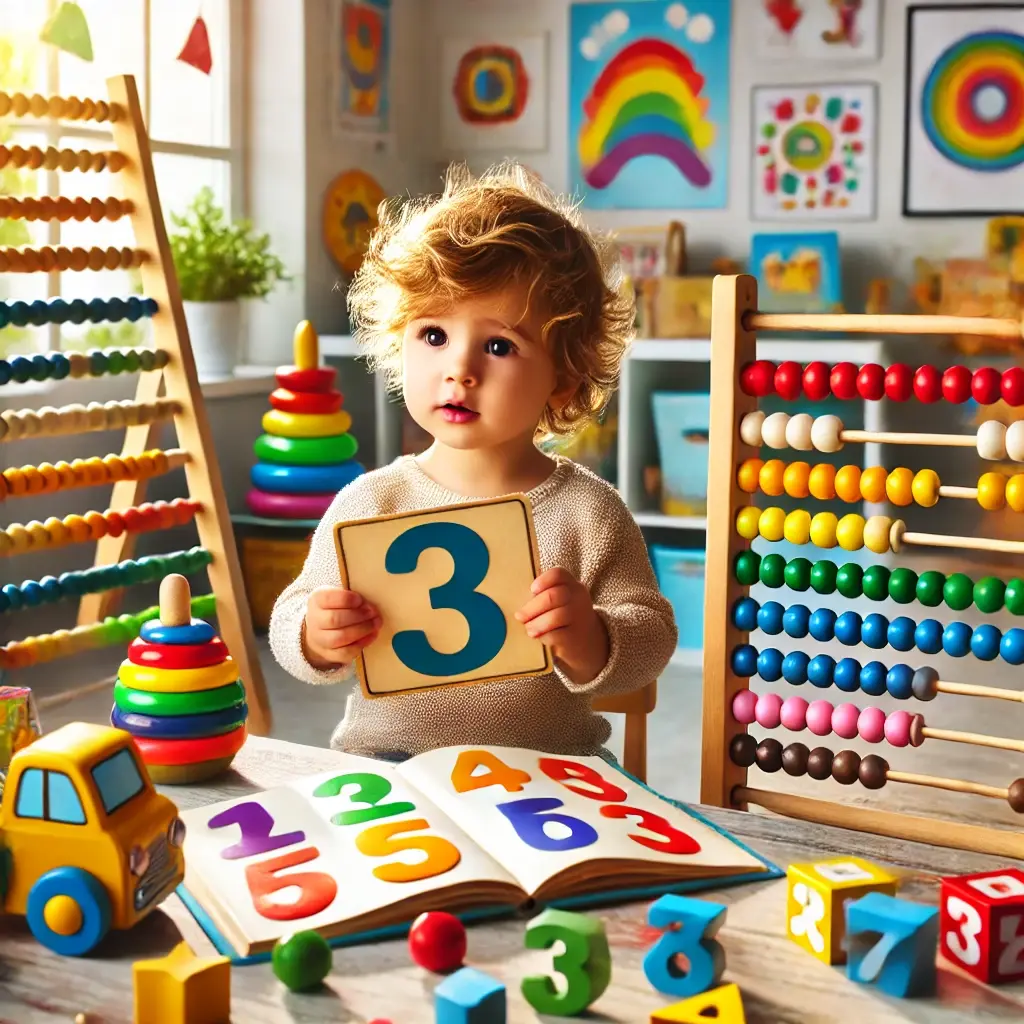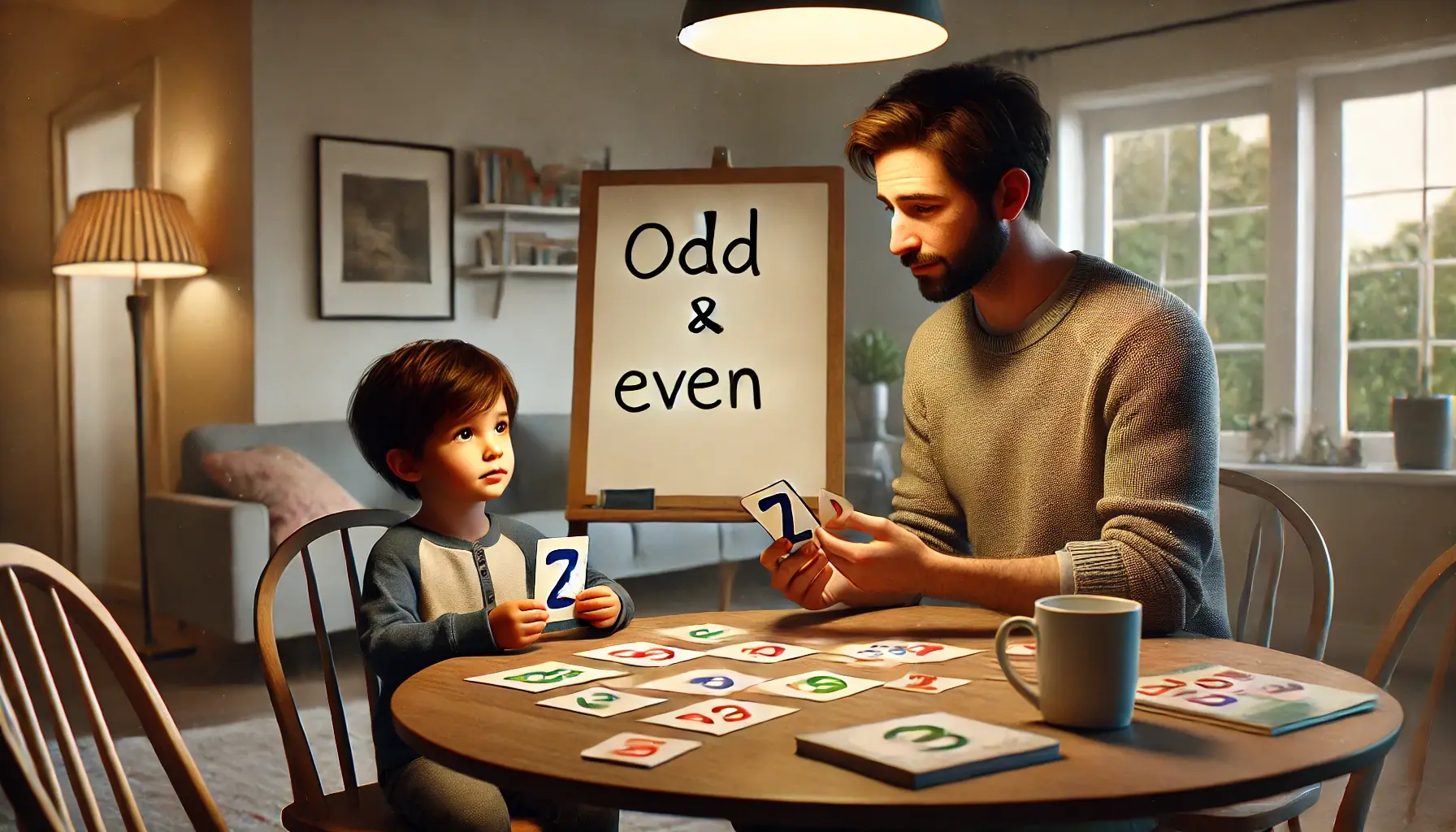
What math do you learn in 4th grade? Fourth grade is a whole new level in math! After 3rd grade, kids explore new concepts and skills while building on their knowledge. They’ll continue working on familiar topics like multiplication and division, but now with larger numbers and more complex problems. Additionally, 4th graders dive deeper into fractions, decimals, and measurement.
This year, they’ll be introduced to new concepts like negative numbers and start working with mean, median, range, and mode to understand data. Expressions and equations will make their first appearance, too, laying the groundwork for algebra. With our guide, you’ll get a clearer picture of your child's learning and how these new skills will prepare them for even more advanced math.
What Is 4th Grade Math and Why It’s Important
Here's how fourth grade math lays the groundwork for future success: It introduces students to larger numbers, fractions, decimals, and more complex problem-solving techniques. These skills boost their ability to tackle real-world challenges—like managing money or measuring ingredients—while building a strong foundation for higher-level math.
What Math Is Taught in Fourth Grade?
In fourth grade, students are introduced to a range of essential math concepts that build on previous knowledge and prepare them for more advanced studies. They learn to work with negative numbers, break down numbers through prime factorization, and master division techniques including long division with remainders. Fourth-grade math also deepens their understanding of fractions and decimals—covering everything from converting improper fractions to mixed numbers to ordering fractions—and introduces them to solving expressions and equations with a focus on the correct order of operations.
Additionally, geometry takes on a new level of detail with studies in shapes, symmetry, and coordinate grids. Students also explore both customary and metric measurements, learning how to convert and compare different units, while graphing skills help them interpret data visually. The curriculum rounds out with an introduction to probability and basic data analysis techniques using mean, median, range, and mode. These 10 key skills form the core of what math is taught in fourth grade, equipping students with a solid foundation for future academic success.
What Math Do 4th Graders Learn? 10 Key Skills of 4th Grade Level Math
What Math Do 4th Graders Learn? In fourth grade, students enhance their number sense by tackling multi-step problems and applying advanced arithmetic in practical ways. They deepen their understanding of fractions, decimals, and geometry, while also beginning to explore measurement, data interpretation, and basic probability. These skills lay the groundwork for future math success.
1. Negative Numbers
In fourth grade, your child will be introduced to negative numbers, a new and important part of their math learning. They’ll learn that negative numbers are those that are less than zero, and they’ll start to understand that the value of a negative number is lower than that of a positive number.
For example, they’ll see that -3 is less than 2 when ordering numbers from least to greatest. Our book will guide your child through this concept, helping them practice correctly ordering numbers like -5, 0, and 3. This foundational skill will set the stage for more advanced math.
2. Prime Factorization and Multiplication
In fourth grade, your child will start learning about prime factorization, an essential math skill that breaks down composite numbers into prime factors. Through this process, they’ll discover the building blocks that make up larger numbers. To help visualize this, your child will learn how to create a factorization tree, which shows how a number can be divided into its prime factors step by step.
For example, 12 can be broken down into 2 × 2 × 3, where 2 and 3 are the prime factors. This lesson reinforces multiplication skills and provides a deeper understanding of how numbers work, setting a strong foundation for more advanced math concepts.
3. Division

In fourth grade, your child will explore the math operation of division, moving beyond simple problems to tackle more complex challenges. They’ll learn how to perform long division and find quotients with remainders. For example, they might solve a problem like 125 ÷ 6, where they would find that 6 goes into 125 20 times with a remainder of 5, so the answer is 20 R5.
Our fourth-grade books guide your child through these concepts, providing plenty of practice problems to build their confidence. Additionally, there are pages of word problems that incorporate division, helping your child apply their skills to real-life scenarios and reinforcing their understanding of this important math operation.
4. Fractions and Decimals
In fourth grade, your child will deepen their understanding of fractions and decimals. This book starts by reviewing basic fraction concepts from 3rd grade, like recognizing fractions as parts of a whole. Then, it introduces improper fractions and teaches your child to convert them into mixed numbers and vice versa, such as turning 9/4 into 2 1/4.
Your child will also learn to order fractions from least to greatest, with like and unlike denominators, and explore equivalent fractions, like 1/2 and 2/4, to prepare for adding and subtracting fractions.
Decimals are more detailed, focusing on place values like tenths, hundredths, and thousandths. Your child will practice adding and subtracting decimals and solving word problems involving money, such as adding $3.75 and $2.50, helping them apply these concepts in real-world situations.
5. Solving Expressions and Equations
Learning to solve expressions and equations in 4th grade is an important milestone in your child’s math education. A key part of this process is mastering the order of operations, which helps your child solve problems correctly by following the proper sequence of steps. Our coaches and these books guide your child through understanding and applying these steps.
For example, they’ll learn to solve an expression like 3 + 4 × 2 by multiplying 4 × 2 to get 8, and then adding 3, resulting in 11. This reinforces the importance of accurately following the correct order of operations—multiplication before addition—in solving math problems. These foundational skills set the stage for more advanced math concepts in the future.
6. Geometry

In fourthgrade, geometry becomes more detailed and covers many important topics. Building on what your child has learned in previous years, they will review the qualities of shapes and the formulas for perimeter and area—concepts essential for their math curriculum. Our fourth-grade books thoroughly review these basics while introducing new and exciting geometry topics.
Your child will learn about symmetry, exploring what makes shapes symmetrical. They’ll also dive into different triangles, such as equilateral, isosceles, and scalene. Concepts like congruent shapes and parallel, perpendicular, and intersecting lines will be explained, giving your child a deeper understanding of how shapes and lines interact.
One of the key lessons in our fourth-grade books is an introduction to coordinate grids. Your child will learn about the x and y axes and how to plot ordered pairs on a grid, helping them understand how to locate points in space.
7. Customary and Metric Measurements
In fourth grade, your child will learn about customary and metric measurements, a key part of their math education. They’ll gain a solid understanding of how to measure and convert capacity and length between different units.
For example, they’ll practice converting inches to feet in the customary system and centimeters to meters in the metric system. They’ll also explore temperature measurements, learning the differences between Fahrenheit and Celsius. Our fourth-grade books include exercises like estimating temperatures, recognizing 32°F and 0°C as freezing points, and reading charts to track temperature changes over time.
By the end of the year, your child will confidently use both measurement systems, setting the stage for more advanced math skills.
8. Graphs

In fourth grade, your child will be introduced to various graphs and models used in math, including bar graphs, line graphs, line plots, pictographs, tally tables, and tree diagrams. This is the stage where they’ll understand how these tools represent data and convey information.
Your child will learn to read different graphs, interpret the data they display, and make sense of the graphs. For example, they’ll practice understanding how a bar graph represents quantities or how a line graph shows changes over time. By mastering these skills, your child will be better equipped to analyze and understand data, an important part of their math education.
9. Probability
In fourth grade, your child will start learning about probability, the concept of understanding the chances of an event happening. This book will guide your child through practicing determining the probability of certain events using fractions.
For example, they might calculate the probability of rolling a certain number on a die or drawing a specific card from a deck. By working with fractions to express these changes, your child will gain a solid foundation in understanding and applying probability in everyday situations.
10. Mean, Median, Range, and Mode

In fourth grade, your child will learn to analyze data by finding the mean, median, mode, and range—important tools for understanding numbers. Each concept has steps that your child will follow to get the correct answer.
For example, if your child has a data set like 3, 5, 7, 7, and 10, they’ll learn to:
- Mean: Add the numbers together (3 + 5 + 7 + 7 + 10 = 32) and divide by the number of values (32 ÷ 5 = 6.4).
- Median: Arrange the numbers in order and find the middle value, which is 7 in this case.
- Mode: Identify the number that appears most frequently, which is also 7.
- Range: Subtract the smallest number from the largest (10 - 3 = 7).
By mastering these steps, your child can understand and interpret data better, an essential math skill.
Parental Involvement Tips
Supporting your child’s math learning at home can make a big difference in their confidence and success. Here are a few tips to help you get involved in a fun and effective way:
- Practice Math Facts Regularly: Set aside a few minutes daily to review basic math facts like multiplication tables or addition and subtraction problems. You can use flashcards, apps, or even quick quizzes at the dinner table. The more your child practices, the more these skills will stick.
- Incorporate Math into Daily Life: Look for opportunities to use math in everyday activities. For example, ask your child to help measure ingredients while cooking or calculate the total cost of items while shopping. These real-life applications help them see how math is used outside the classroom.
- Play Math Games: Plenty of fun math games reinforce important skills. Board games that involve counting, online math games, or even apps can make learning math feel like playtime.
- Encourage a Positive Attitude: Your attitude towards math can influence your child’s mindset. Encourage them by praising their efforts, even when they find something challenging. Remind them that it’s okay to make mistakes and that persistence is key to learning.
- Talk About Math: Engage in math conversations. Ask your child what they’re learning in school and let them explain it to you. This reinforces their understanding and shows them that you value their education.
Improve Your 4th Grader’s Math Skills with Genie Academy
At Genie Academy, we are dedicated to improving your 4th grader’s math skills through our comprehensive tutoring programs. We offer specialized math, abacus, reading, writing, and coding tutoring, all designed to align with and exceed school standards. Our qualified tutors, with years of experience working with children of different grades and ages, are committed to helping your child succeed. Whether your child needs help mastering multiplication, division, or fractions or is eager to advance in coding and problem-solving, our tutors provide the necessary guidance. With online and offline options, we ensure flexible learning that fits your family’s needs. Our advanced curriculum meets school expectations and goes beyond challenging your child to reach new academic heights.
Our locations include East Brunswick, Hillsborough, Marlboro, South Brunswick, Plainsboro, and South Plainfield, New Jersey.
Learn more about us, our core values, our philosophy, our numerous success stories, and our history. Also, read our reviews and testimonials and learn about the true benefits of Genie Academy.
Conclusion
Fourth grade is such an important time in your child’s math journey. They’re diving into new concepts like negative numbers, fractions, and geometry while building on everything they’ve learned. It’s exciting, but it can also be challenging. That’s where the right support can make all the difference.
At Genie Academy, we’re here to help your child keep up and thrive in math. If you're looking for a math tutor in Edison, NJ, our experienced tutors, tailored curriculum, and flexible learning options are all designed to make learning engaging and effective. We’re excited to partner with you in helping your child build confidence and succeed in 4th-grade math and beyond. Let’s work together to unlock their full potential!






